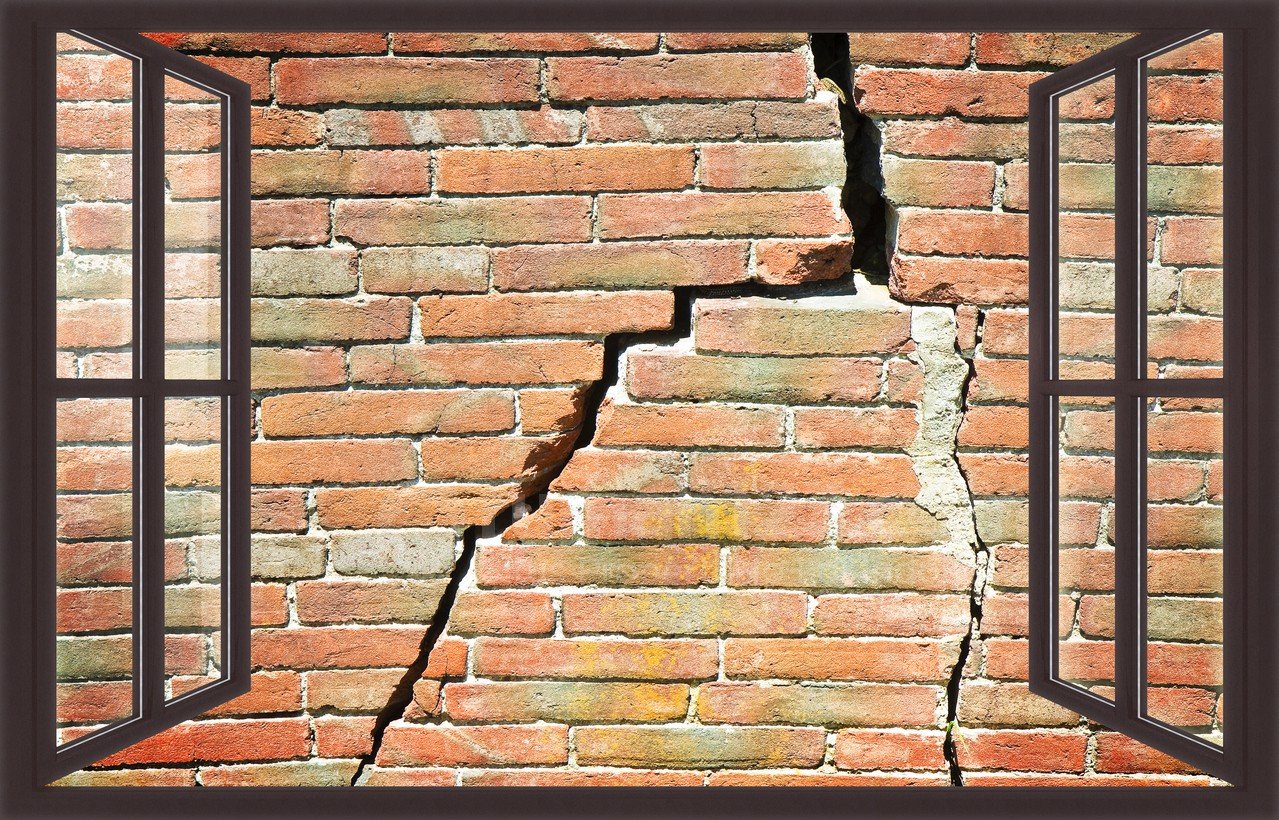A stable foundation is essential for any home. Over time, various factors—soil movement, moisture fluctuations, or poor construction—can cause a home to shift, leading to uneven floors, cracked walls, and structural instability. If you notice these issues, house leveling may be the solution.
This guide explains how house leveling works, when you need it, and the best FOUNDATION REPAIR & MAINTENANCE practices to keep your home safe and secure.
What Is House Leveling?
House leveling is the process of restoring a home’s foundation to its original position. Over time, foundations can sink due to soil erosion, moisture imbalance, or structural damage, leading to an uneven home.
The process involves lifting and stabilizing the foundation using specialized techniques such as:
- Concrete or steel piers
- Mudjacking (slab jacking)
- Helical piers
- Shimming with steel or wood
Each method depends on the foundation type, soil condition, and severity of damage.
Signs Your Home Needs House Leveling
If your home shows structural issues, house leveling might be necessary. Look for these warning signs:
✅ Uneven or Sloping Floors – If floors tilt or feel unstable, the foundation may be sinking.
✅ Cracks in Walls & Ceilings – Horizontal or stair-step cracks indicate shifting.
✅ Sticking Doors & Windows – Difficulty opening/closing them means the frame is misaligned.
✅ Gaps Around Doors & Windows – Visible separations in door frames signal foundation movement.
✅ Exterior Brick or Siding Cracks – Large cracks in exterior walls suggest foundation stress.
Ignoring these signs can worsen the problem, leading to costly repairs.
How House Leveling Works: Step-by-Step
1. Foundation Inspection
A professional assesses damage by checking cracks, floor levels, and soil conditions.
2. Choosing the Right Leveling Method
Based on the foundation type (slab, crawl space, or pier & beam), the right method is selected.
- For Slab Foundations: Mudjacking or concrete piers lift the structure.
- For Pier & Beam Foundations: Shimming or replacing damaged beams helps restore balance.
- For Crawl Spaces: Additional support beams or helical piers are used.
3. Lifting & Reinforcement
The foundation is slowly lifted back to its correct position and reinforced with durable materials.
4. Final Adjustments & Cleanup
The area is cleaned, and final inspections are done to ensure stability and longevity.
Types of House Leveling Methods
✅ Slab Jacking (Mudjacking)
- Best for concrete slab foundations
- Involves injecting a cement-based slurry under the slab to lift it
- Affordable but not suitable for extreme cases
✅ Pier & Beam Shimming
- Used for pier & beam foundations
- Involves adding shims to existing piers for stabilization
- Cost-effective but requires regular maintenance
✅ Helical & Steel Piers
- Suitable for severe foundation sinking
- Steel or helical piers are drilled deep into stable soil
- Provides long-term stability but is expensive
✅ Concrete Piers
- Similar to steel piers but uses reinforced concrete
- Strong and durable for heavy foundations
- Requires extensive excavation
Foundation Repair & Maintenance: Keeping Your Home Stable
To prevent future foundation issues, regular FOUNDATION REPAIR & MAINTENANCE is essential. Here’s what you can do:
1. Control Moisture Levels
- Use gutters & downspouts to direct water away
- Install a drainage system to prevent soil erosion
- Keep consistent soil moisture to avoid shrinkage/swelling
2. Inspect & Seal Cracks
- Check for new cracks in walls or floors
- Use epoxy or polyurethane sealant for minor cracks
- Call a foundation expert for large cracks
3. Maintain Proper Landscaping
- Keep trees & shrubs away from the foundation
- Use mulch or gravel to stabilize soil moisture
- Avoid overwatering near the foundation
4. Schedule Annual Inspections
- Hire foundation specialists to check for early signs of shifting
- Fix minor issues before they become costly problems
Cost of House Leveling: What to Expect
House leveling costs vary depending on the extent of damage, foundation type, and repair method.
| Repair Method | Average Cost |
|---|---|
| Slab Jacking | $500 – $1,500 |
| Pier & Beam Shimming | $1,200 – $2,500 |
| Steel or Helical Piers | $3,500 – $10,000 |
| Concrete Piers | $4,000 – $12,000 |
For an accurate quote, get a professional inspection.
FAQs About House Leveling
How long does house leveling take?
Depending on the method, house leveling can take one day to a few weeks. Simple shimming is quick, while pier installation takes longer.
Is house leveling safe?
Yes, when done by professionals. The process is slow and controlled to avoid further structural damage.
Can I live in my house during leveling?
In most cases, yes. However, if major work is needed, you may need to temporarily relocate.
Will house leveling damage my home?
Minor cracks may appear during the process, but they can be easily repaired. A professional team will minimize risks.
Does house leveling prevent future foundation issues?
It corrects existing problems, but future maintenance is key. Regular FOUNDATION REPAIR & MAINTENANCE ensures long-term stability.
When is the best time for house leveling?
Dry seasons are ideal, as wet soil can complicate the process. However, urgent repairs should not be delayed.
Final Thoughts: Is House Leveling Right for You?
If your home is tilting, uneven, or showing foundation damage, house leveling is a necessary investment. It restores stability, prevents further structural damage, and ensures your home’s safety.
For expert FOUNDATION REPAIR & MAINTENANCE, contact a certified foundation specialist today. The sooner you act, the more you save!
